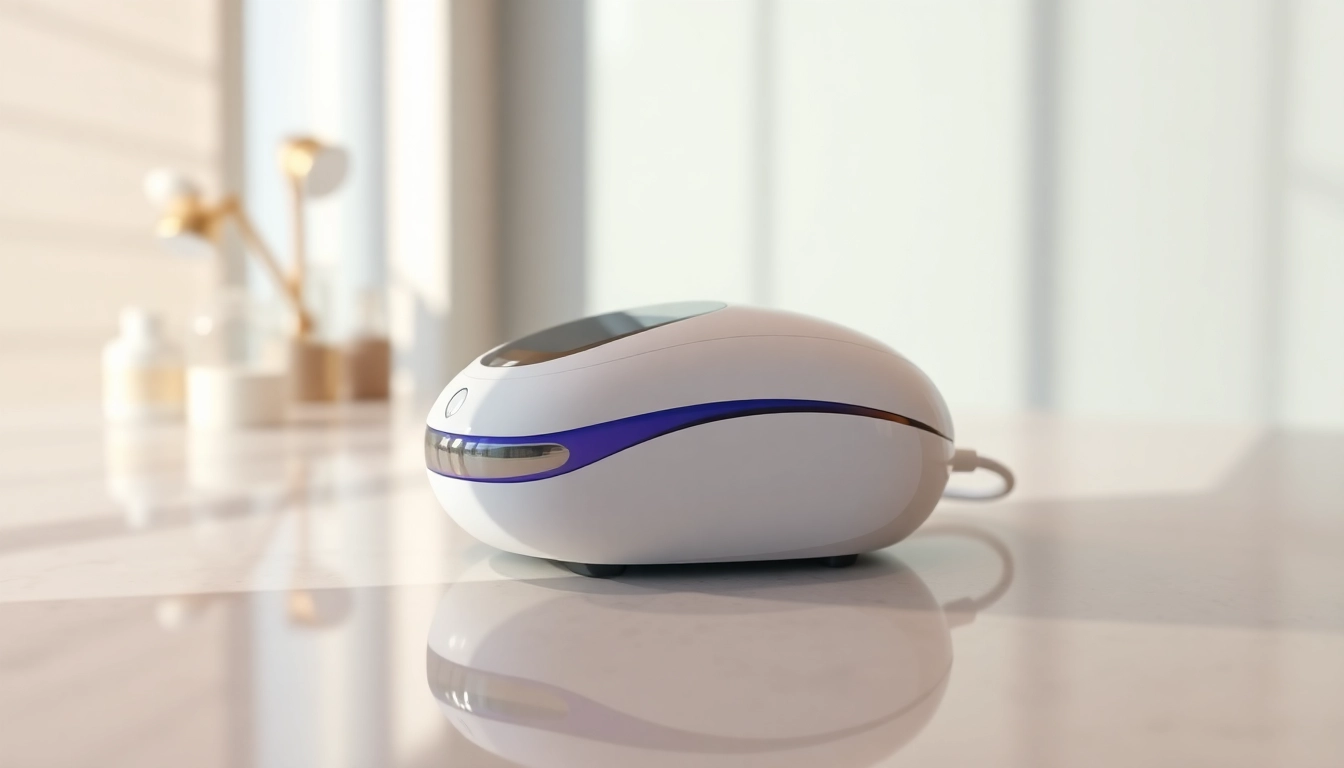Understanding Real Pokemon Cards
What Are Real Pokemon Cards?
Real Pokémon cards are official trading cards produced by The Pokémon Company and its affiliates. The Pokémon Trading Card Game (TCG) began in 1996 and has since become a cornerstone of the Pokémon franchise, allowing fans to engage with their favorite creatures in interactive gameplay. Collectors and players alike treasure these cards, not only for their gameplay potential but also for their artistic designs and nostalgic value. Real Pokémon cards are typically made from high-quality cardstock with specific characteristics that set them apart from counterfeit versions.
Key Features to Identify Authenticity
When it comes to identifying real Pokémon cards, there are several key features to look for:
- Card Stock Quality: Authentic cards are printed on a specific type of cardstock that feels sturdy and has a particular weight. They should not feel flimsy or overly light.
- Printing Details: Look closely at the printing quality. Real Pokémon cards have sharp, vibrant colors and clear text. If the text appears blurry or the colors are washed out, it’s likely a counterfeit.
- Holographic Patterns: For holographic cards, examine the holographic pattern under light. Genuine Pokémon cards have unique holographic effects that can be difficult to replicate.
- The Pokédex Number: Each Pokémon card features a number that corresponds to its entry in the official Pokédex. Verify this number against reliable sources to confirm its authenticity.
- Weight: A real Pokémon card typically weighs higher than fakes due to the quality of materials used. Holding the card and comparing it with known authentic cards can often reveal fakes.
Common Myths About Real Pokemon Cards
A variety of myths circulate about Pokémon cards, especially regarding their value and authenticity. Breaking down these misconceptions can help collectors make informed decisions:
- Myth: All holographic cards are rare. While holographic cards can be more desirable, not all are rare. The rarity of a card is determined by its print run and demand, not just its holographic feature.
- Myth: If the card has perfect edges, it’s real. Counterfeit cards can have perfect edges as well. A comprehensive inspection is essential for verifying authenticity.
- Myth: Any card can increase in value over time. While some cards appreciate, not all will, especially if they are common or have been heavily printed. Researching the market is crucial to understanding potential investment value.
Where to Buy Real Pokemon Cards
Top Online Retailers and Marketplaces
When seeking real pokemon cards, several reputable online retailers exist that cater to both casual collectors and serious gamers:
- Pokémon Center: The official Pokémon Center offers a variety of TCG products, including booster packs, themed decks, and exclusive merchandise. Purchasing from the official site ensures authenticity.
- TCGPlayer: This marketplace allows users to buy, sell, and trade Pokémon cards with other collectors. Sellers are rated, providing a level of assurance regarding the legitimacy of cards being sold.
- Amazon: While it’s a vast marketplace, when buying Pokémon cards on Amazon, it’s pivotal to check seller reviews and ratings to avoid counterfeit cards.
- eBay: eBay can be a reliable platform if you do thorough research on sellers. Look for verified sellers with high ratings and check return policies.
Local Game Stores and Events
Local game stores (LGS) often host Pokémon events and carry official merchandise. Establishing a rapport with owners and staff can lead to insightful knowledge about new stock and upcoming card releases. Moreover, attending events such as Pokémon League meetings or tournaments allows collectors to buy, sell, or trade cards directly with others in the community.
Using eBay and Other Auction Platforms
Buying Pokémon cards on auction platforms like eBay requires caution and strategy. Here are some tips to enhance your experience:
- Research Prices: Check completed listings to gauge current market prices. This knowledge helps avoid overpaying for a card.
- Communicate with Sellers: Don’t hesitate to ask sellers questions regarding the card’s condition and authenticity. A reputable seller should be willing to provide detailed information.
- Utilize Buyer Protection: eBay offers buyer protection policies that can safeguard your purchases against fraud. Always opt for listings that comply with these policies.
Evaluating Card Values and Rarity
Determining the Value of Your Real Pokemon Cards
Understanding the value of your collection is vital for collectors. The following factors influence the valuation process:
- Condition: Cards are graded based on their condition, from Mint (perfectly new) to Poor (heavily worn). These grades can significantly impact market value.
- Demand: A card’s market value fluctuates based on demand. Popular Pokémon or limited editions often fetch higher prices.
- Market Trends: Analyzing trends through resources like TCGPlayer or auction results can provide insights into pricing fluctuations within the Pokémon card community.
How Rarity Affects Pricing
The rarity of a Pokémon card often correlates with its market price. Generally, cards printed in smaller quantities or those that were part of limited series can command higher prices. Various rarity markers include:
- Common, Uncommon, Rare: These classifications are commonly seen on cards and indicate their rarity level in the game’s structure.
- Secret Rares: Often featuring special illustrations or holographic designs, secret rares can be some of the most valuable cards in a collection.
- Special Promotions: Cards released during promotional events or tournaments can also hold significant value due to their exclusivity.
Expert Tips for Collectors
For those looking to build a valuable collection of Pokémon cards, consider the following expert tips:
- Stay Informed: Follow Pokémon news outlets and join online communities where collectors share tips, trends, and marketplace insights.
- Document Your Collection: Keep a detailed inventory of your cards, including grades and what you paid for them. This can help manage your collection more effectively.
- Consider Professional Grading: If you have high-value cards, sending them to professional grading services can enhance their resale value significantly.
How to Spot Fakes and Counterfeits
Top Signs of Fake Pokemon Cards
With the boom in popularity of Pokémon cards, counterfeiting has become prevalent. Recognizing signs of fake cards is crucial for any collector:
- Incorrect Card Stock: Fake cards often use lower quality cardstock, making them feel different from genuine cards.
- Misaligned Printing: Check the alignment of text and images. Authentic cards have precisely aligned graphics compared to those that may be slightly off on fakes.
- No Black Light Test Reaction: Authentic Pokémon cards often react to UV light differently than fakes. Genuine cards should not fluoresce or glow excessively under a black light.
Resources for Verification
Utilizing available resources can make verifying real Pokémon cards easier:
- Online Communities: Explore platforms like Reddit or specialized Pokémon forums where experienced collectors can provide insight on potential fakes.
- Video Tutorials: Numerous YouTube channels focus on verifying Pokémon card authenticity. These can be invaluable in visually demonstrating important signs of authenticity.
- Comparison Resources: Use comparison websites that showcase both genuine and fake cards side by side, allowing for in-depth visual checks.
Steps to Take if You’ve Purchased a Fake
If you suspect you’ve purchased a fake Pokémon card, follow these steps:
- Contact the Seller: Reach out to the seller to discuss your concerns. Most reputable sellers will offer refunds or replacements for counterfeit goods.
- Document Evidence: Take photographs of the card and any communications with the seller for your records.
- Report as Needed: If the seller does not resolve the issue, consider reporting the seller to the marketplace platform, especially if it was eBay or Amazon.
Building a Collection of Real Pokemon Cards
Starting Your Collection
Beginning a Pokémon card collection can be an exhilarating venture. Here are steps to kickstart your journey:
- Identify Your Focus: Determine if you want to collect based on specific Pokémon, sets, or card types (e.g., holographic, promo). A focused collection can be more enjoyable.
- Purchase Starter Sets: Starter or theme decks are excellent for beginners since they provide a foundational collection of cards.
- Attend Local Events: Participating in Pokémon events can introduce you to other collectors and new cards, expanding your network.
Maintaining and Protecting Your Cards
Once you start gathering cards, proper maintenance is essential to preserve their condition:
- Use Protective Sleeves: Store cards in sleeves and binders to prevent scratches and wear.
- Maintain a Controlled Environment: Keep your collection in a cool, dry place, away from direct sunlight to avoid fading or warping.
- Regularly Inspect Cards: Periodically check your collection for signs of damage or wear so you can address potential issues early.
Community Involvement and Trading
Engagement in the Pokémon community can enhance your collecting experience:
- Join Clubs: Many online and offline clubs exist for Pokémon TCG enthusiasts. These groups often share tips, hold tournaments, and organize trading events.
- Attend Conventions: Pokémon conventions provide opportunities to meet other fans, trade cards, and learn about upcoming releases.
- Online Trading: Utilize platforms dedicated to card trading, allowing you to swap duplicates for much-desired cards within the community.



